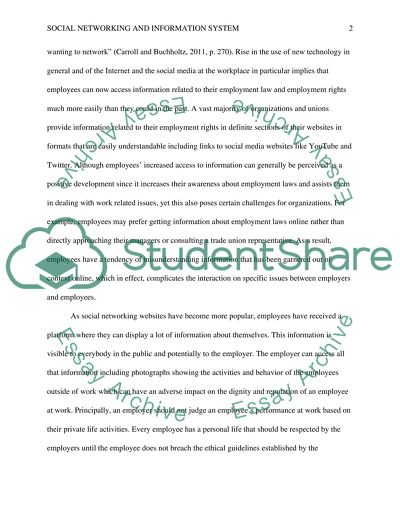Cite this document
(“Social networking and information system Essay Example | Topics and Well Written Essays - 1250 words”, n.d.)
Social networking and information system Essay Example | Topics and Well Written Essays - 1250 words. Retrieved from https://studentshare.org/information-technology/1488580-social-networking-and-information-system
Social networking and information system Essay Example | Topics and Well Written Essays - 1250 words. Retrieved from https://studentshare.org/information-technology/1488580-social-networking-and-information-system
(Social Networking and Information System Essay Example | Topics and Well Written Essays - 1250 Words)
Social Networking and Information System Essay Example | Topics and Well Written Essays - 1250 Words. https://studentshare.org/information-technology/1488580-social-networking-and-information-system.
Social Networking and Information System Essay Example | Topics and Well Written Essays - 1250 Words. https://studentshare.org/information-technology/1488580-social-networking-and-information-system.
“Social Networking and Information System Essay Example | Topics and Well Written Essays - 1250 Words”, n.d. https://studentshare.org/information-technology/1488580-social-networking-and-information-system.


